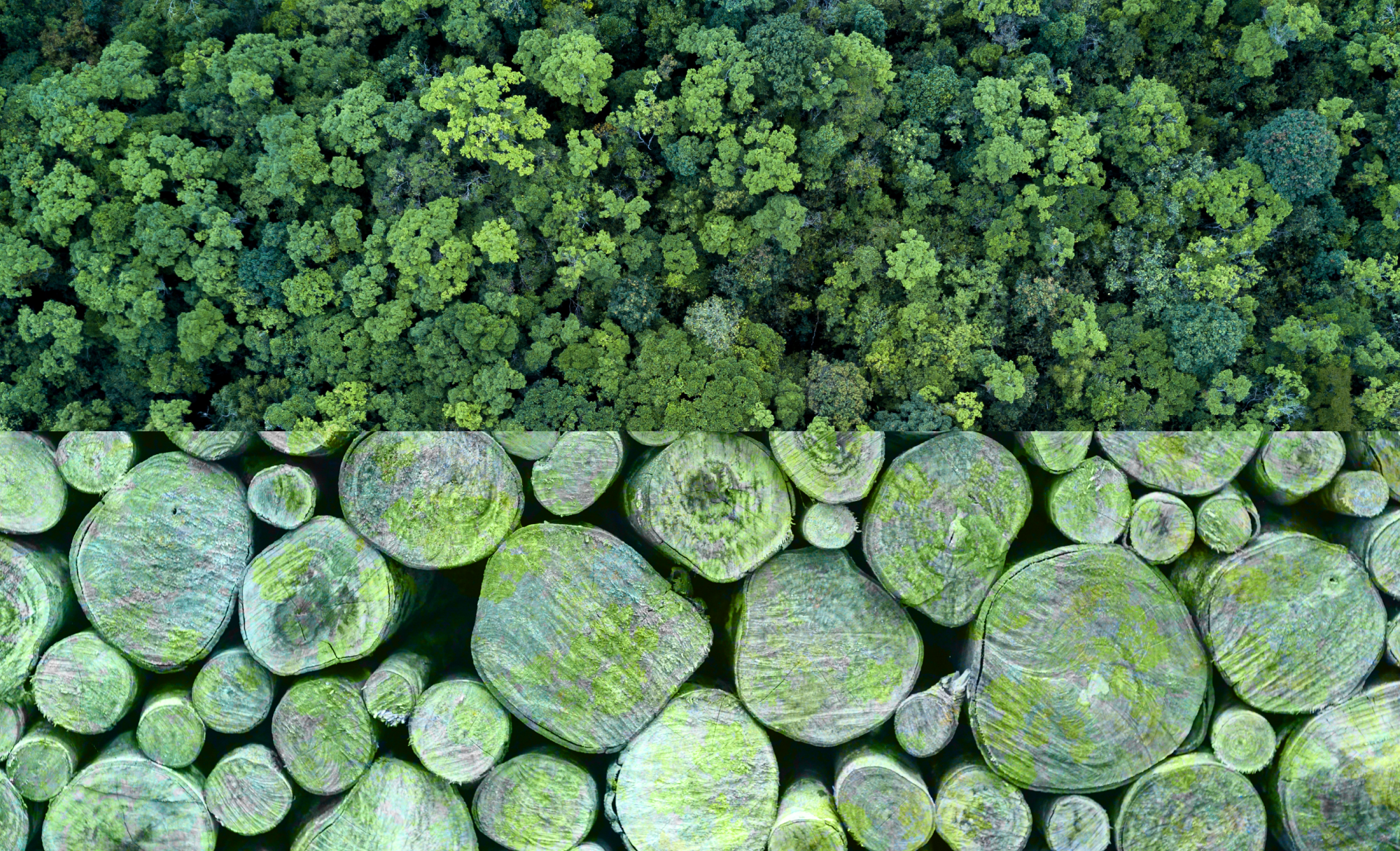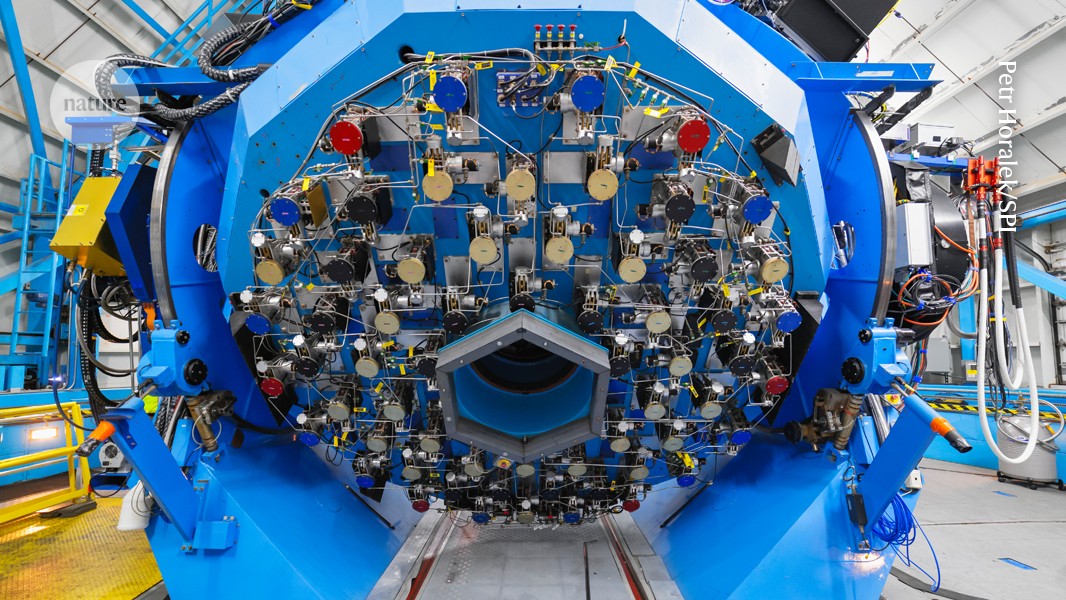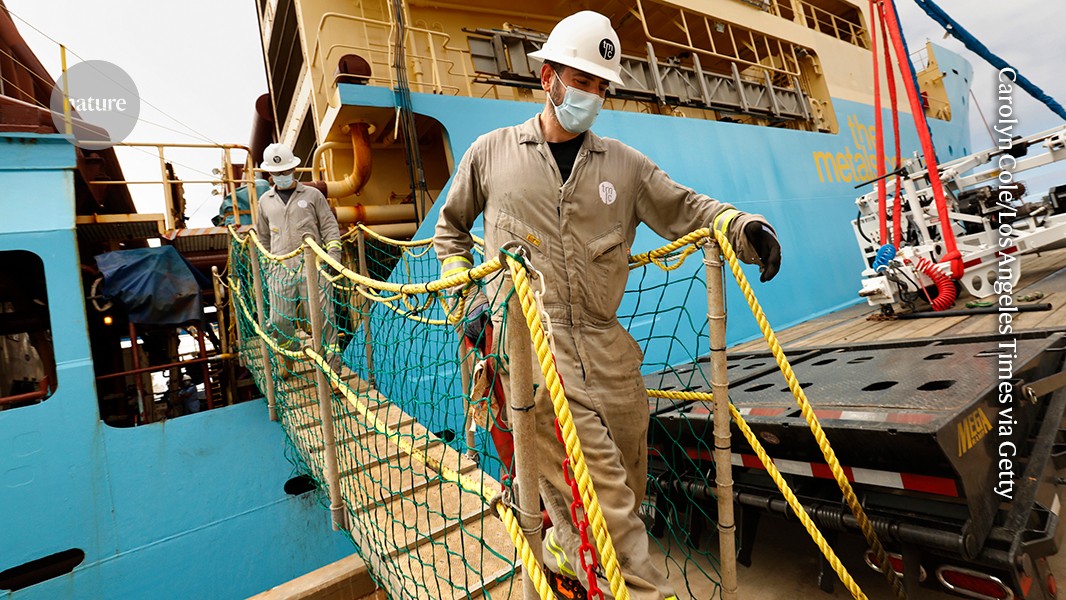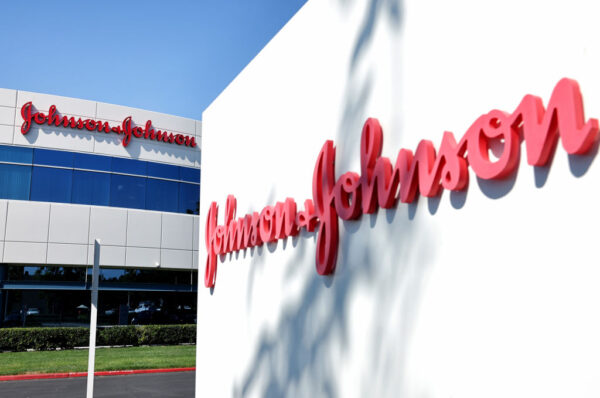Get Ready: Petrochemicals Market is Gearing Up for Growth
The global petrochemicals market is experiencing robust expansion, fueled by the world’s continued dependence on plastic-based products, technological advancements in refining, and growing demand for industrial chemicals. As economies strive to balance industrial growth with sustainability, refinery integration, circular economy practices, and alternative feedstock development are reshaping the market landscape.
Global Petrochemicals Market size and share is currently valued at USD 652.24 billion in 2024 and is anticipated to generate an estimated revenue of USD 1,162.92 billion by 2032, according to the latest study by Polaris Market Research. Besides, the report notes that the market exhibits a robust 7.5% Compound Annual Growth Rate (CAGR) over the forecasted timeframe, 2024 - 2032
Market Overview
Petrochemicals are chemical products derived primarily from hydrocarbons, sourced from crude oil and natural gas. These include essential building blocks like aromatic hydrocarbons (e.g., benzene, toluene, xylene), olefins (ethylene, propylene, butadiene), and polymers. These materials are vital for producing plastics, synthetic rubber, solvents, fertilizers, adhesives, and surfactants—key components in industries such as automotive, agriculture, construction, packaging, and textiles.
The market’s structure is largely dependent on refinery integration and downstream processing, which allow refiners to maximize value creation by converting crude oil byproducts into high-value petrochemicals. Innovations in cracking technology and feedstock diversification—such as natural gas liquids (NGLs) and bio-based inputs—are further transforming the industry.
Key Market Growth Drivers
1. Booming Demand for Plastics and Polymers
The relentless rise in global plastic consumption is a primary driver for the petrochemical market. Products like polyethylene, polypropylene, polystyrene, and polyvinyl chloride—derived from petrochemical feedstocks—are essential in packaging, consumer goods, electronics, and construction. The rise of e-commerce and convenience packaging further intensifies the need for polymer feedstock derived from ethylene and propylene.
Even amid calls for plastic reduction, the demand for lightweight, durable, and cost-effective materials continues to grow, especially in emerging economies where infrastructure development and industrialization are accelerating.
2. Rising Ethylene Production Capacity
Ethylene production remains the cornerstone of the petrochemical industry, accounting for a significant portion of all feedstock consumption. Ethylene is crucial for manufacturing polyethylene, ethylene oxide, ethylene glycol, and vinyl chloride monomer (VCM), which are used in packaging, textiles, automotive components, and medical supplies.
Major market players are expanding steam cracking facilities and exploring ethane and propane as cost-effective alternatives to traditional naphtha-based feedstock. Regions like North America and the Middle East are witnessing an ethylene renaissance due to abundant shale gas and natural gas liquids.
3. Agricultural and Fertilizer Industry Growth
Petrochemicals are integral to the production of agrochemicals such as ammonia, urea, and phosphates. With the global population projected to reach 9.7 billion by 2050, food security is prompting higher demand for fertilizers and pesticides. These trends are propelling consumption of base chemicals like methanol and ammonia, further expanding the petrochemicals market.
The linkage between petrochemical supply chains and agricultural productivity makes the sector indispensable for global development strategies.
4. Strategic Refinery Integration
Refinery integration—where refining and petrochemical operations are co-located—is enabling companies to achieve economies of scale, improve operational efficiency, and maximize product yield. By converting crude oil fractions directly into olefins and aromatics, integrated facilities reduce waste and increase profitability.
For example, leading players are implementing crude-to-chemicals (C2C) strategies to shift from fuels to high-value petrochemicals, ensuring long-term resilience amid the energy transition.
Market Challenges
Despite its robust growth trajectory, the petrochemicals industry faces several headwinds:
1. Environmental and Regulatory Pressures
The petrochemical industry is a significant source of greenhouse gas emissions and plastic waste. Growing regulatory scrutiny, public opposition, and sustainability mandates are putting pressure on companies to reduce carbon footprints and invest in recycling infrastructure.
Many countries have introduced plastic bans, packaging taxes, and Extended Producer Responsibility (EPR) schemes, forcing producers to redesign supply chains and materials.
2. Volatility in Crude Oil and Feedstock Prices
The close linkage between petrochemical production and crude oil prices creates vulnerability to geopolitical events and market disruptions. Feedstock volatility can impact profitability and complicate long-term planning, especially for naphtha-based crackers that are more sensitive to crude oil price swings.
3. Supply Chain Disruptions
Global supply chain fragility—exacerbated by pandemics, port congestion, and geopolitical conflicts—can limit access to raw materials, delay projects, and inflate transportation costs. This disrupts the flow of polymer feedstock and hinders downstream production across multiple industries.
4. Shift Toward Bio-Based Alternatives
While still in nascent stages, the rise of bio-based and circular petrochemicals is challenging traditional petrochemical business models. Emerging technologies like chemical recycling, enzymatic depolymerization, and biomass feedstock threaten to shift market dynamics in favor of greener alternatives.
Browse Full Insights:
https://www.polarismarketresearch.com/industry-analysis/petrochemicals-market
Regional Analysis
North America
North America, particularly the United States, is experiencing a petrochemical boom fueled by the shale gas revolution. With low-cost ethane feedstock and advanced refinery integration, the region has become a major exporter of ethylene and derivative products. Texas and Louisiana serve as key hubs, hosting mega-complexes for polyethylene, methanol, and aromatic hydrocarbons production.
The U.S. is also investing heavily in plastic recycling infrastructure and bio-based polymers to align with sustainability goals.
Asia Pacific
Asia Pacific dominates the global petrochemical market due to large-scale industrialization, urbanization, and rising middle-class consumption. China and India are key demand centers for fertilizers, textiles, electronics, and consumer goods—all reliant on petrochemical inputs. China alone accounts for over 30% of global ethylene and propylene consumption.
The region is also investing in large integrated complexes—such as China’s Dushanzi Petrochemical and India’s Paradip Refinery—to reduce import dependency and improve supply chain resilience.
Middle East & Africa
The Middle East is a major supplier of base petrochemicals like ethylene, methanol, and polyethylene, leveraging vast oil and gas reserves and proximity to Asian markets. Countries like Saudi Arabia and the UAE are executing refinery integration strategies and diversifying their economies by expanding downstream value chains.
Sabic and Aramco’s joint projects reflect the region’s focus on C2C models and advanced materials. Africa, while still developing, offers potential as an emerging consumer market.
Europe
Europe has a mature but highly regulated petrochemical industry. With a strong emphasis on green chemistry and carbon reduction, the region is leading in bio-based innovations and closed-loop recycling systems. However, high energy costs and environmental taxes present challenges for traditional petrochemical producers.
Countries like Germany, Belgium, and the Netherlands host major chemical clusters focused on specialty chemicals and advanced aromatic hydrocarbons.
Key Companies in the Petrochemicals Market
The global petrochemicals market is highly consolidated, with major companies driving innovation, expansion, and strategic partnerships. Leading players include:
-
BASF SE (Germany): A global leader in chemicals and plastics, BASF is heavily invested in research, specialty materials, and sustainability initiatives.
-
ExxonMobil Corporation (USA): A top producer of polymer feedstock, ExxonMobil operates world-scale petrochemical complexes in the U.S., Singapore, and Saudi Arabia.
-
SABIC (Saudi Arabia): One of the largest integrated chemical companies, SABIC has a dominant presence in ethylene production, methanol, and polymers.
-
LyondellBasell Industries (Netherlands/USA): Focused on polyolefins, oxyfuels, and recycling technologies, the company has strong global operations.
-
Dow Inc. (USA): Specializes in performance materials, packaging solutions, and infrastructure chemicals with a significant stake in aromatic hydrocarbons.
-
Reliance Industries Limited (India): Asia’s largest petrochemical player, RIL operates a fully integrated refining and petrochemical complex in Jamnagar, Gujarat.
-
Formosa Plastics Group (Taiwan): A key producer of polyvinyl chloride (PVC), ethylene, and petrochemical intermediates for construction and consumer markets.
These companies are focusing on diversification, low-carbon feedstocks, and smart manufacturing technologies to stay competitive.
Future Outlook
The petrochemicals market is poised for continued expansion, but the focus is shifting from volume to value and sustainability. As global economies transition to net-zero pathways, petrochemical firms must align with ESG principles, invest in green chemistry, and innovate circular supply chains.
Advancements in chemical recycling, refinery integration, and bio-derived polymer feedstock offer promising avenues for growth. Meanwhile, digitalization, AI-driven production analytics, and blockchain-enabled traceability will improve operational efficiency and transparency.
Conclusion
Despite increasing environmental scrutiny, the petrochemicals market remains a cornerstone of global industrialization, offering materials essential to modern life. With increasing ethylene production, growth in aromatic hydrocarbons, expanding refinery integration, and rising demand for polymer feedstock, the market is evolving rapidly.
Key stakeholders must balance profitability with sustainability, innovation with regulation, and scale with environmental responsibility to thrive in this dynamic, transformative landscape.
More Trending Reports by Polaris Market Research:
Human Machine Interface Market
Network Function Virtualization Market
Digital Transaction Management (DTM) Market
Picture Archiving And Communication Systems Market
Identity And Access Management In Healthcare Market
Public Safety and Security Market
Hospital Electronic Health Records Market
Ushering A New Era of Trust with Blockchain
Why Are SAR Systems Being Increasingly Used in Military and Defense Applications?






















































































































































